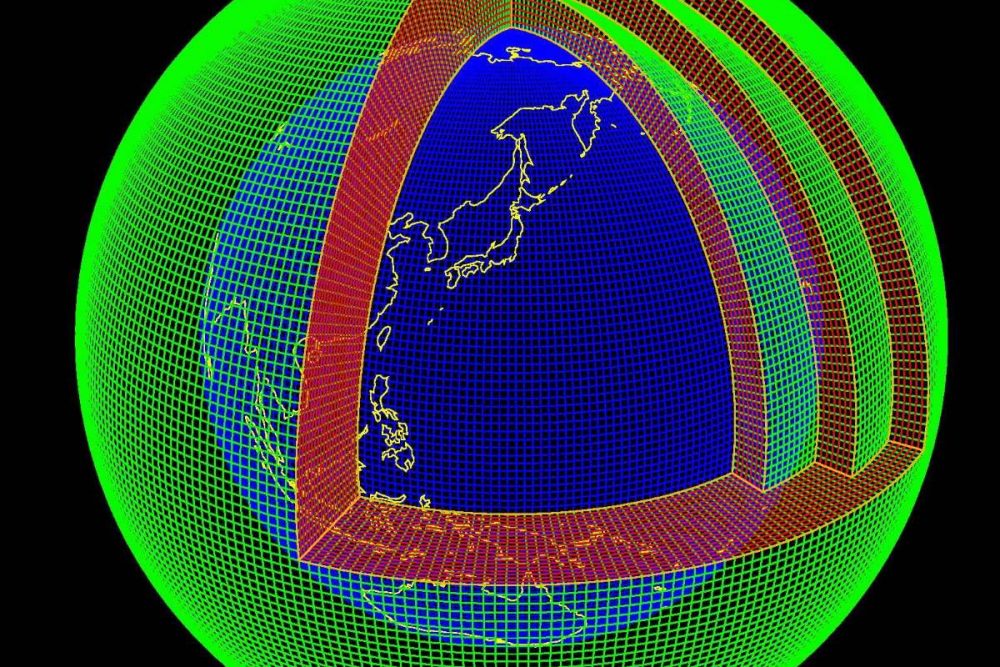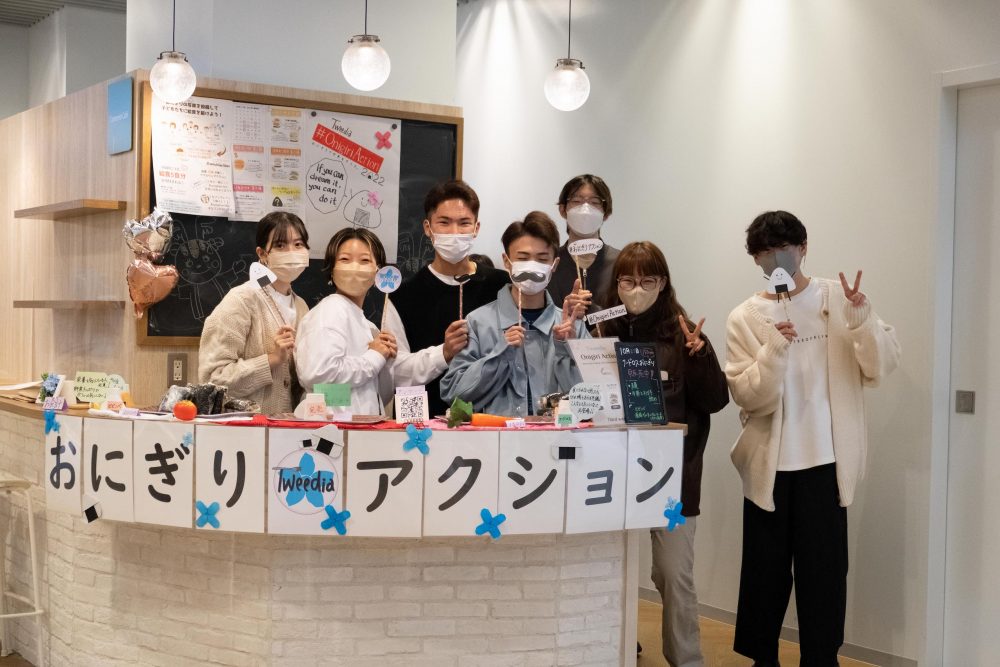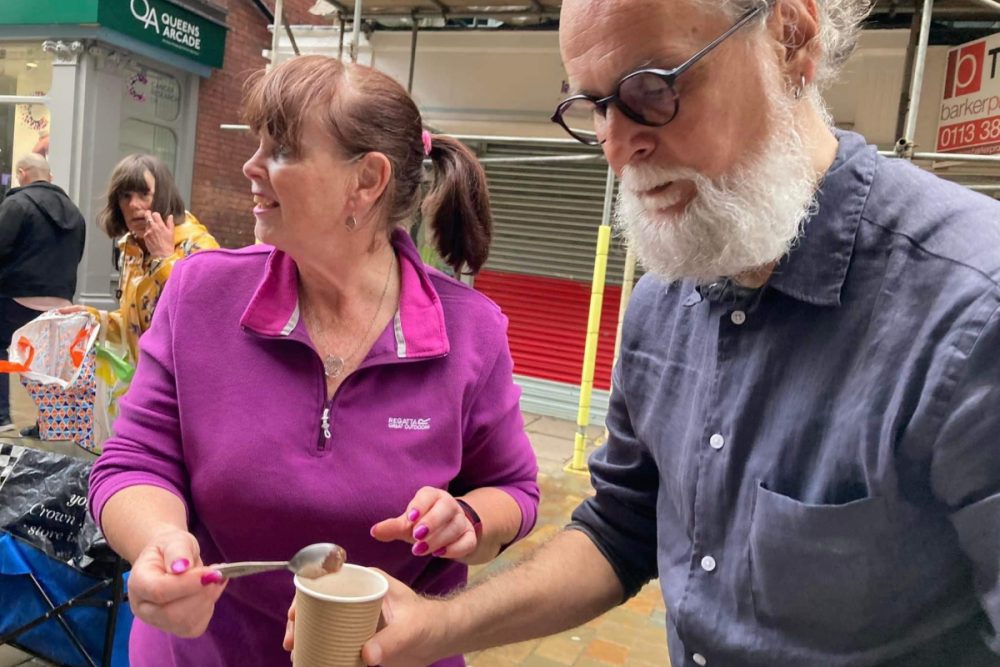Using Vending Machines To Support Children in Need: An Ingenious Solution by a Young Innovator
A high school student's innovative idea to use proceeds from vending machines to provide local children in need with meals became a reality in Himeji City.
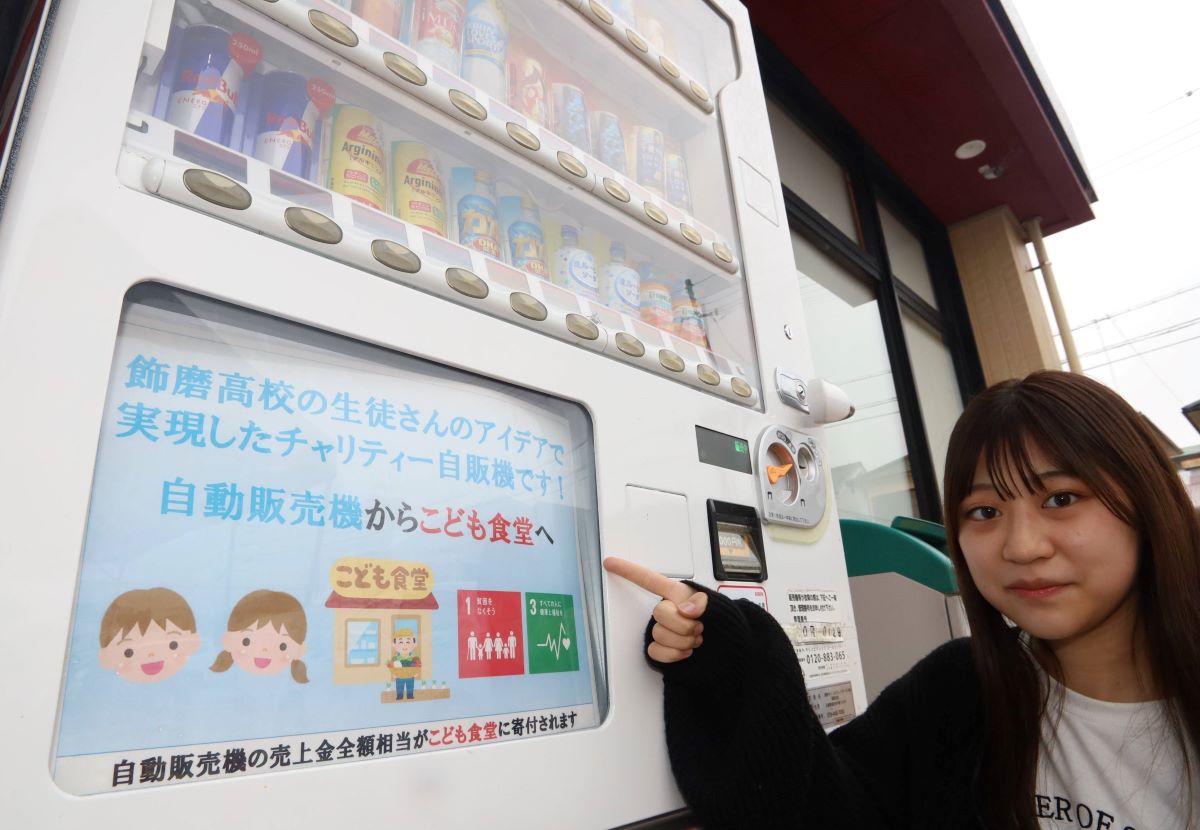
このページを 日本語 で読む
Imagine profits from vending machines on street corners going directly to support feeding children. This idea originated with local high school students in Himeji City of Hyogo Prefecture. As private companies started cooperating in the effort, a system of support utilizing a corporate version of the “hometown tax" scheme was established.
People can support society easily, without even knowing it, by purchasing a bottled drink.
Himeji Finds a 'Hometown' in Hokkaido
Children's cafeterias, or kodomo shokudo, are events or centers that provide free or low-cost meals to children. The kodomo shokudo program targets children who, for various reasons, are unable to get enough to eat or have to eat alone. It plays a major role in combating child poverty and promoting interaction in communities.
The Nozato Hot Children's Cafeteria is held about once a month at Tenrikyo Shikito Church in Himeji. In September 2022, an unfamiliar menu item was added – grilled scallops in butter and soy sauce.
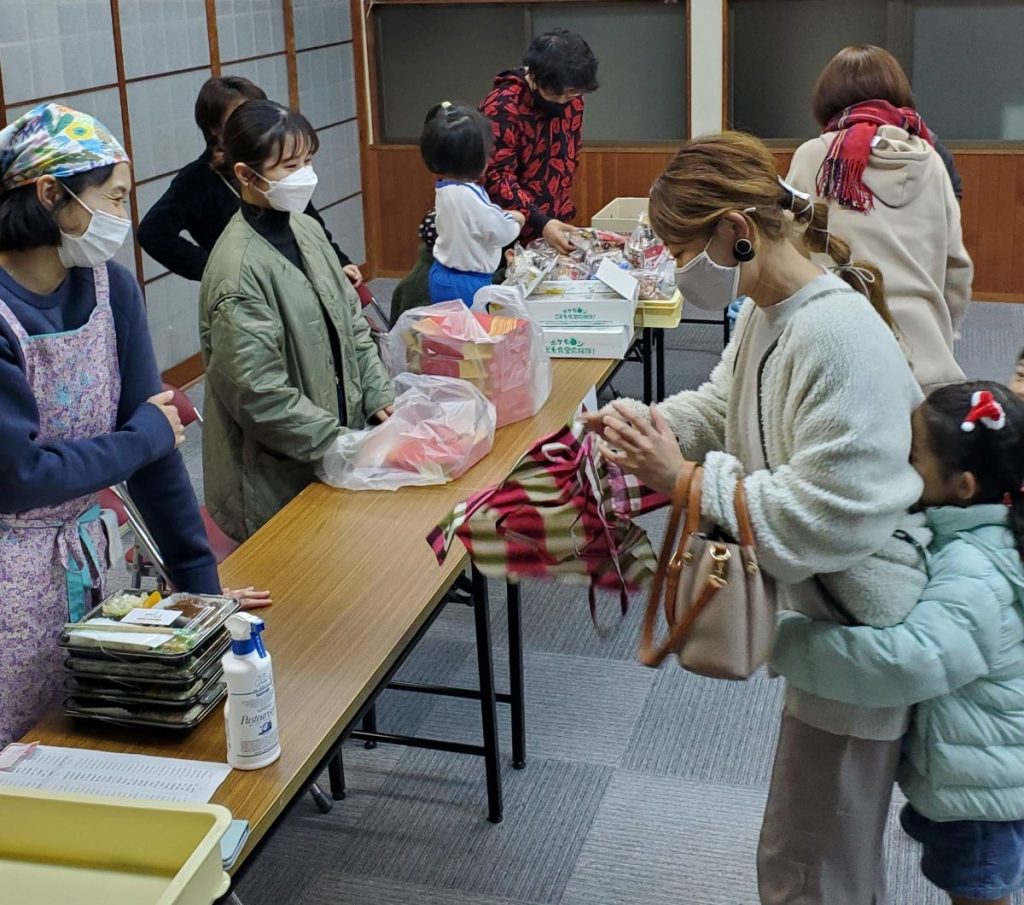
The church had received about four kilograms of frozen scallops from Sarufutsu Village in Hokkaido. Church representative Seiichiro Kontani, 37, reported, "When the children are happy, it encourages us in our activities."
Scallops were also provided to seven other facilities in Himeji. "The scallops were bought using proceeds from vending machines in our supermarkets," explained Kenji Otsuka, 36, president of Ginbiru-Store Co., which operates 14 Bon Marché supermarkets in the prefecture.
The company donated an amount equivalent to the proceeds from vending machines installed at two of its supermarkets to Sarufutsu Village through the corporate version of the hometown tax system.

In accordance with its community revitalization plan, the village uses the donated funds to purchase locally grown scallops and provide them free of charge to children's cafeterias. The Ginbiru-Store then receives up to 90% of the donation amount as a reduction in corporate taxes.
The village is given also given a good opportunity to promote the scallops of Sarufutsu, which boasts the largest catch in Japan.
Converting an Idea into Reality
The idea to place the vending machines came from Miho Ichikawa, 19, a student at Shikama High School at the time. In her second year, all students in an information exploration class were tasked to come up with ideas for achieving the United Nations Sustainable Development Goals (SDGs).
Ichikawa came up with the idea of using vending machines to support children's cafeterias to address the goals on "no poverty" and "good health and well-being."
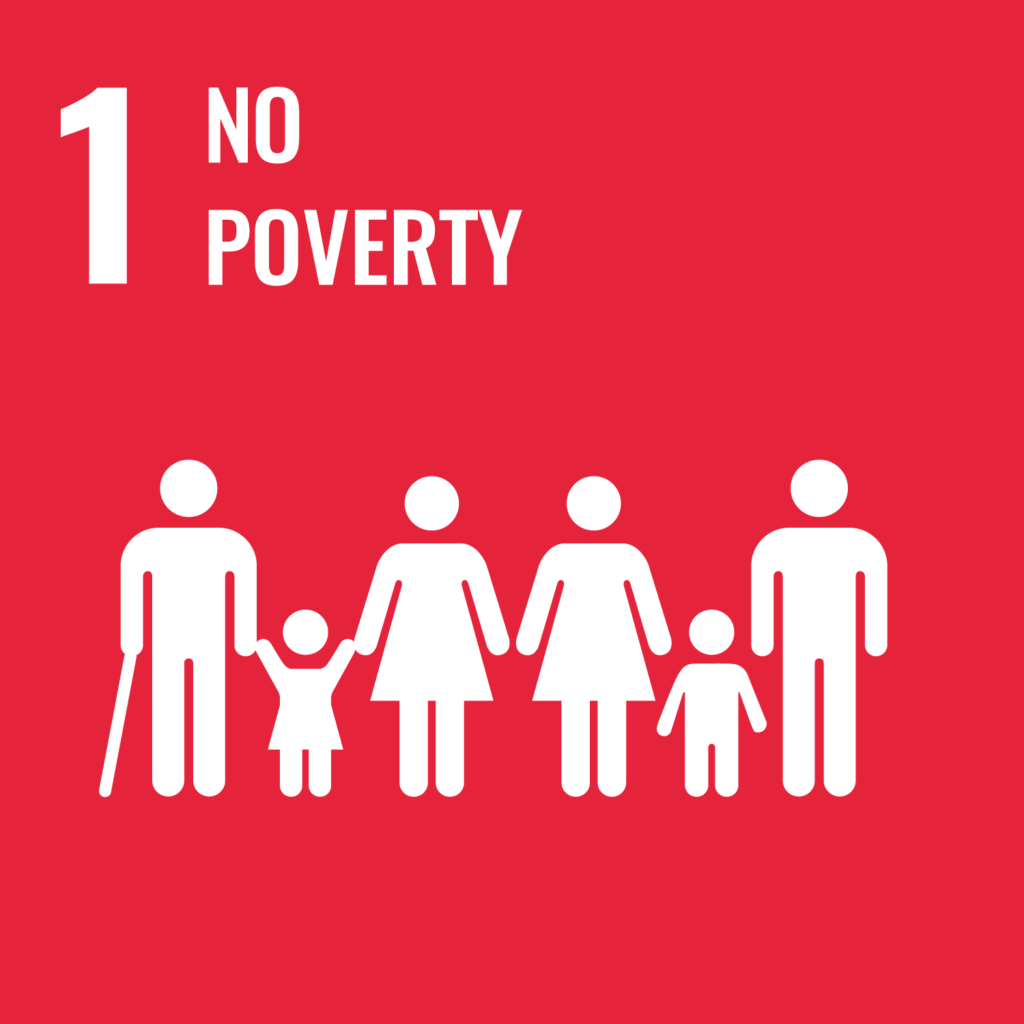
The idea attracted attention at a contest sponsored by a community development organization. Himeji’s Junior Chamber of Commerce, not wanting to let it stop as just an idea, moved to bring it to life.
In response, Ginbiru-Store and Kirin Beverage, a beverage manufacturer, came forward as cooperating companies. Kohjiro Akiyama, 41, representative director of the Children’s Cafeteria Support Organization, proposed combining the program with a corporate version of the hometown tax. After many discussions, the concept was developed.
In September 2021, when Ichikawa was in her third year of high school, the "donation vending machines" appeared at the Bon Marché Shirahama and Eikaho stores.
The two vending machines are expected to generate approximately ¥1 million JPY (just over $7,000 USD) in sales annually. Ginbiru-Store's Otsuka emphasized the importance of the initiative, saying, "We're very happy to be able to support the ideas of high school students. Furthermore, news coverage of the initiative has improved our company's image, and there is more awareness of children's cafeterias within the company."
Challenges Faced
Children's cafeterias are said to have started in Ota Ward, Tokyo, in 2012. According to the Tokyo-based NPO National Children's Cafeteria Support Center, there were 7,363 cafeterias nationwide in 2022.
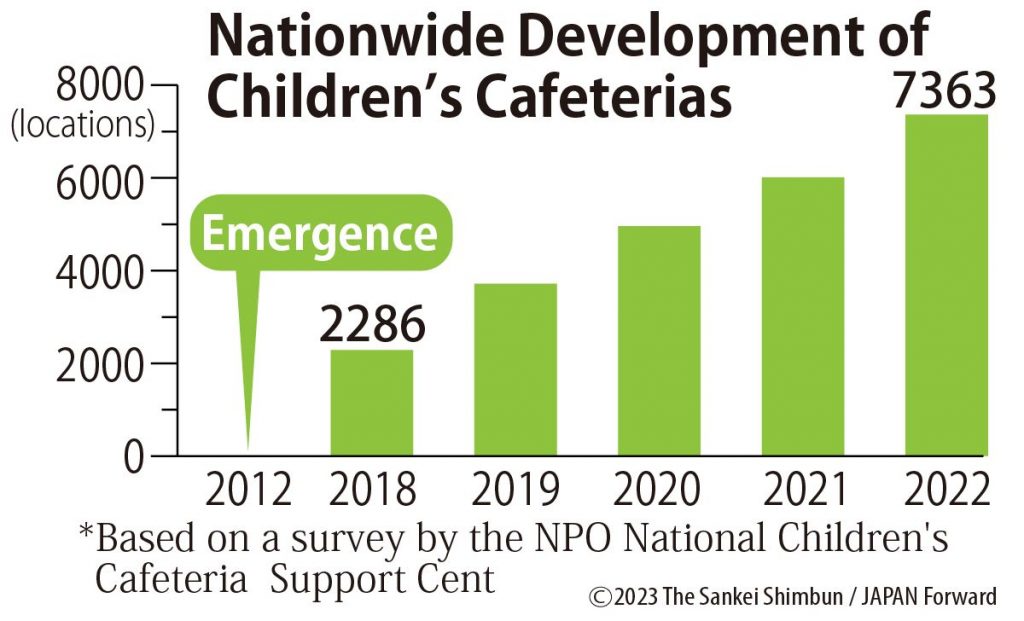
Since the children's cafeteria is a voluntary and independent activity initiated by the private sector, there is no public system in place. Thus, there is a wide variety in the groups involved, the scale, and the delivery methods.
The survey on the number of locations has been conducted by the organization since 2018 with the cooperation of nationwide regional network organizations, local governments, social welfare councils, and other organizations related to children's cafeterias.
The survey shows an increase of 1,318 locations over the past year. The NPO reports, "the fact that this number has increased despite the COVID-19 pandemic and soaring prices is an indication of the desire to watch over children and keep them connected."
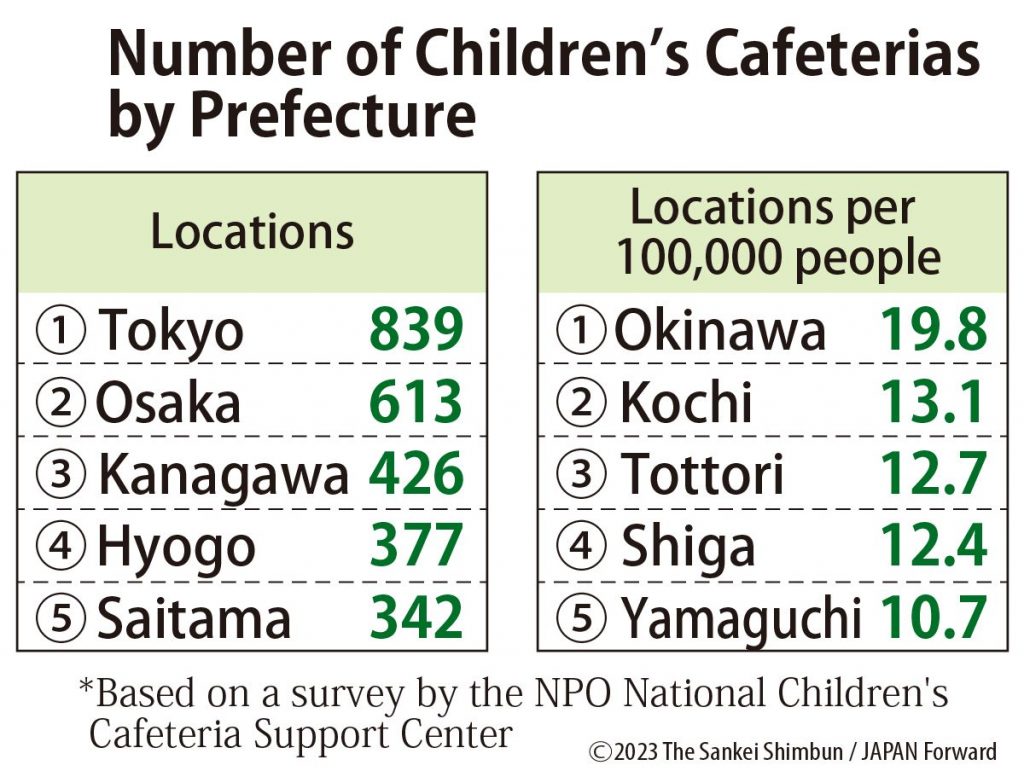
However, according to a survey on the status of children's cafeterias conducted by the organization, lack of operating funds and staff were the top problems. In addition, while more than 80% of the locations felt the impact of the price hikes, less than 10% made changes to the meals, fees, or number of events.
Although rising prices have caused distress, the cafeterias are managing to continue operating without passing on the cost to participants. Survey results imply that further support from the government and private sector is needed.
Some local governments have established subsidy programs for the establishment and operation of children's cafeterias. In Himeji, the city had capped annual support at ¥1.25 million JPY per organization until last year. But this year it increased the limit to ¥1.5 million JPY, thereby providing more generous support.
このページを 日本語 で読む






